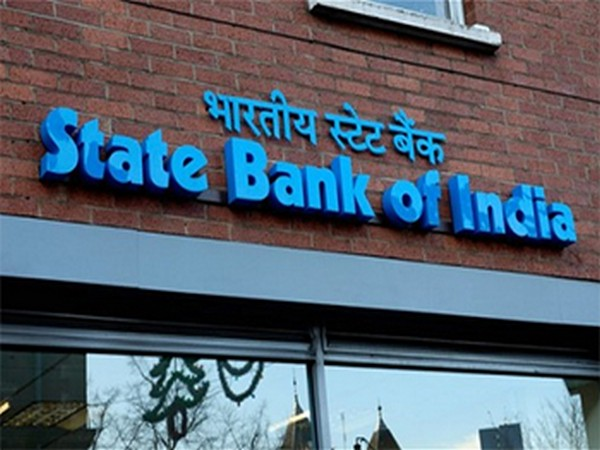The latest report by the State Bank of India (SBI) research anticipates that deposit growth will soon outweigh credit growth. The yearly gap between credit and deposit growth has narrowed down to 150 basis points, the lowest since 6 May 2022. This suggests that deposit growth will soon outpace credit growth. Credit growth continues to outpace deposit growth, as per the latest fortnightly data from the Reserve Bank of India (RBI). Credit growth was recorded at 13 percent year on year as of 20th September 2024, while deposit growth stood at 11.5 percent.
On an incremental basis, Year-To-Date (YTD) deposits grew by only 5.0 percent to Rs10.3 lakh crore compared to last year’s YTD growth of 6.9 percent at Rs12.4 lakh crore. Credit grew by 4.2 percent YTD to Rs6.93 lakh crore, compared to last year’s growth of 10.8 percent at Rs14.7 lakh crore. During the latest fortnight, deposits declined by Rs44,755 crore while credit grew by Rs78,769 crore. The SBI report noted that the slowdown in deposits has led to a misplaced narrative of lower money supply growth in an inflation-targeting framework.
The report highlighted that money is endogenous in an inflation-targeting framework, with the central bank using interest rates as the instrument variable to keep inflation in check. The link between money supply and reserve money has become agnostic due to digitization, resulting in a lower currency leakage and increased money multiplier. The central bank operates in an IT framework, focusing on maintaining growth momentum while controlling inflation through changes in policy rates.
In an IT framework, money evolves endogenously in line with structural changes in the economy and the payment system landscape. It ensures that bank credit creates deposits and not reserves. The SBI report emphasizes that the slowdown in deposits does not necessarily hinder money supply growth in the current economic environment. It is important for stakeholders to understand the dynamics of deposit and credit growth to make informed decisions in the financial sector.
The gap between credit and deposit growth is narrowing, with deposit growth expected to surpass credit growth soon. The central bank’s focus on maintaining growth momentum while controlling inflation through policy rate changes highlights the importance of understanding the dynamics of money supply in an inflation-targeting framework. The endogeneity of money and the evolution of the payment system landscape play a crucial role in shaping deposit and credit growth trends in the financial sector. Stakeholders need to adapt to these changes to optimize their financial decisions and navigate the evolving economic landscape effectively.











